Recently, airBaltic became the world’s first airline to issue limited collector non-fungible tokens (NFTs). The first artwork showcased an individual Airbus aircraft with its registration as well as one of the most beloved Latvian cities – Kuldīga. The second featured the picturesque Medieval town of Cēsis and the third – the most beautiful lake town in Latvia – Alūksne.
Now, the fourth NFT from the collection has been released, featuring the authentic seaside getaway – Liepāja.
These digital art pieces serve as a tourism campaign for Latvian cities, certainly still an undiscovered destination for many.
All airBaltic NFTs have been issued on the OpenSea marketplace, available here.
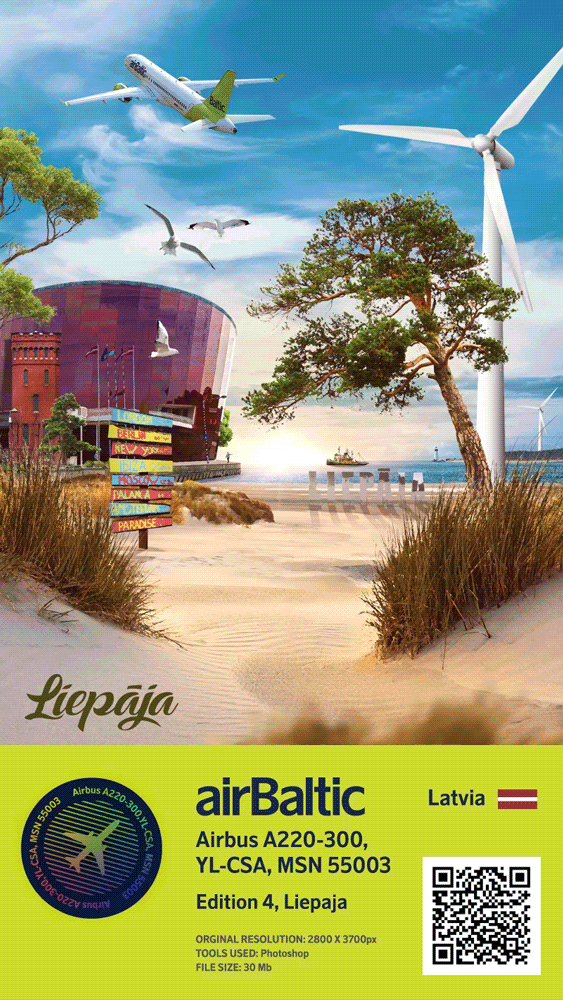
Discover Liepāja
Although the name of this city’s earliest settlement, Līva, means ‘sand’, today Liepāja is known for its gusty winds. Sitting on the western edge of the country, it’s the third-largest city in Latvia.
Established in the 13th century, Liepāja has over the centuries changed hands from Polish to Swedish, German, and Russian rule, and for a brief moment in the 20th century it even served as the temporary capital of Latvia when the Latvian Provisional Government was located onboard a steamship anchored in the port of Liepāja. The city’s economy still strongly relies on its port.
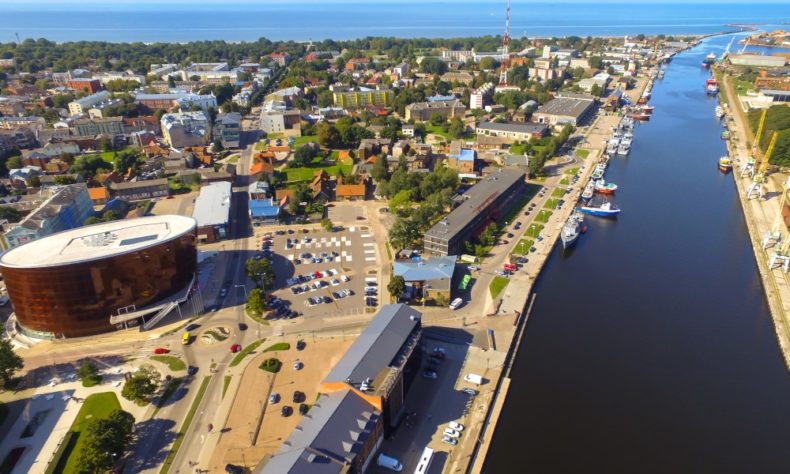
Today Liepāja is a favourite local holiday destination, especially during the warm months, when its expansive white sand beach is heated up by the sun and the clear waters of the Baltic Sea are warm enough to swim.
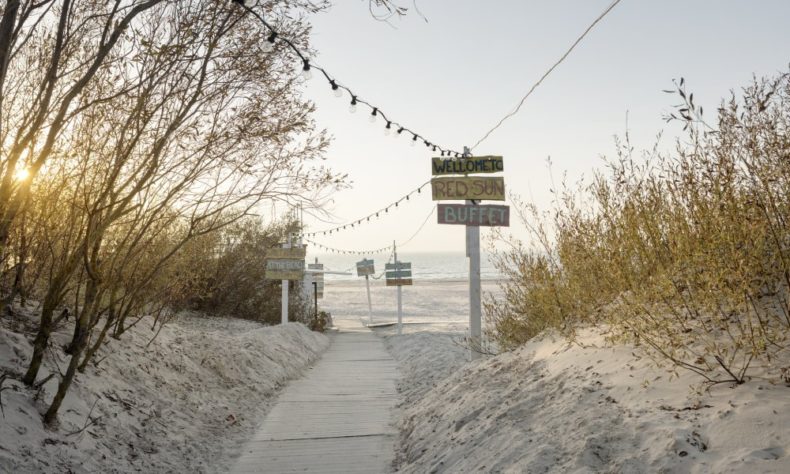
Photo by Reinis Hofmanis
The beach is large enough for everyone – it stretches on for at least eight kilometres and seems infinitely wide and perfectly suited for summer holidays.
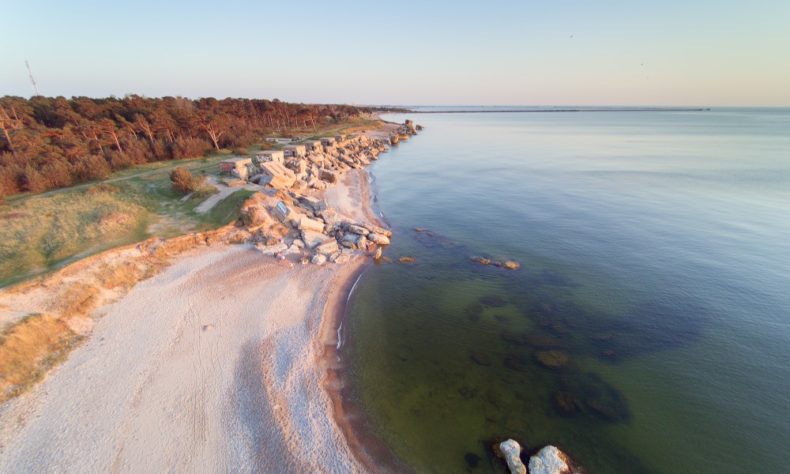
Everyone can find something to do in Liepāja. Kite surfers and windsurfers enjoy the near-constant wind, fans of other outdoor activities play beach tennis and beach volleyball, and lovers of serene, untouched nature head on long evening walks to watch the sunset. Those who enjoy special amenities after a day in the sun can relax with a massage at Liepāja’s spa centres.
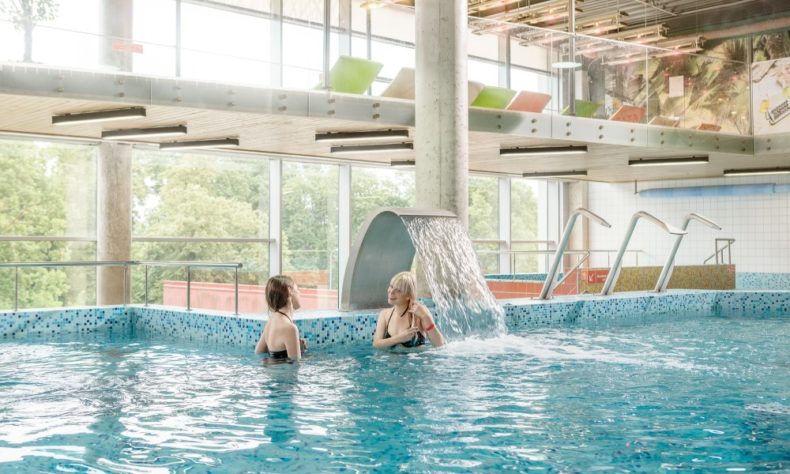
Photo from Liepājas Olimpiskais centrs home page. Pool&Spa
In fact, Liepāja’s beach has been a popular swimming area since the 1860s, when the town was in the process of becoming a well-known spa and health resort among European and Russian aristocrats. Today, the Blue Flag flies over the beach and indicates that this is a particularly clean and well-kept swimming area.
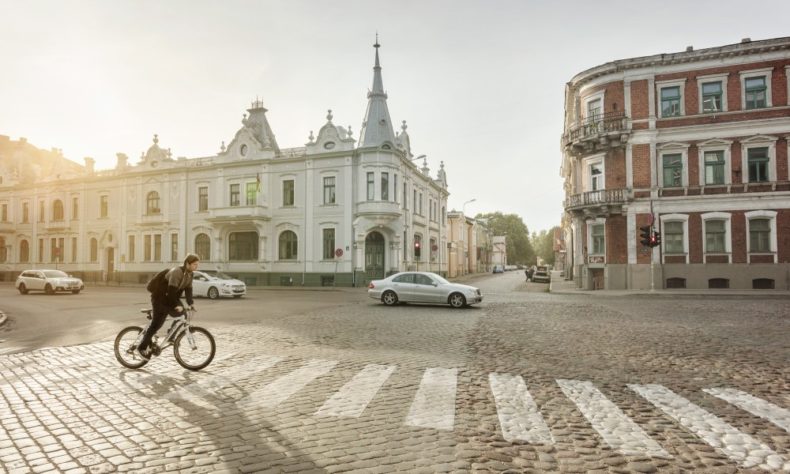
Just like the pieces of amber one can find on the coastline, the city’s walkable streets are filled with eye-pleasing gems. Liepāja has a noteworthy collection of Art Nouveau edifices, an array of stunning Swiss chalet-style dwellings along Seaside Park, and many distinctive red-brick buildings – the heritage of Paul Max Bertschy (1840–1911), the city’s principal architect in the early 20th century.

Photo from Liepāja Travel home page. Seaside park
Liepāja is also the country’s capital of music and the native city of many Latvian musicians. It boasts many musical and cultural venues as well as cafés, restaurants, and bars to appease hunger and thirst after a day at the beach. Here we’ve collected a list of experiences that are worth including in your travel plans.
Did you know?
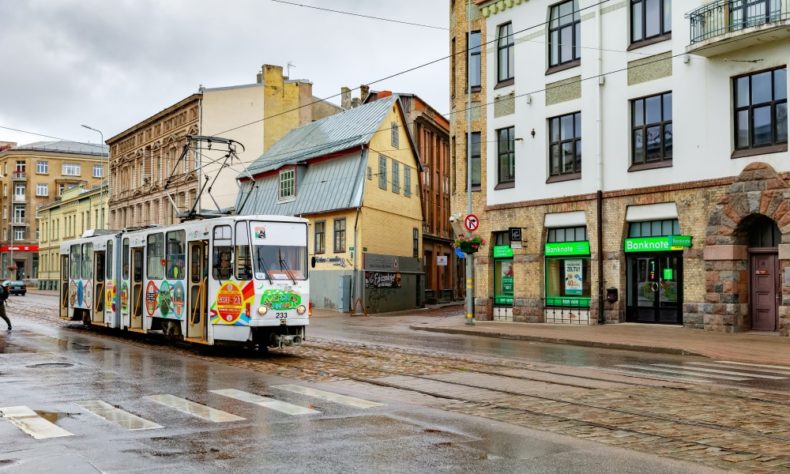
Liepāja was the first city in the Baltics with an electric tram line. The cutting-edge mode of transportation was introduced in 1899, and it has run through the city ever since. The 15-kilometre-long line meanders through the city, providing an authentic opportunity for some leisurely sightseeing. The trip from one end of the tram line to other takes 30 minutes. The vintage tram constructed in the 1990s in the former Czechoslovakia gives the ride a retro aura.
Must-see site
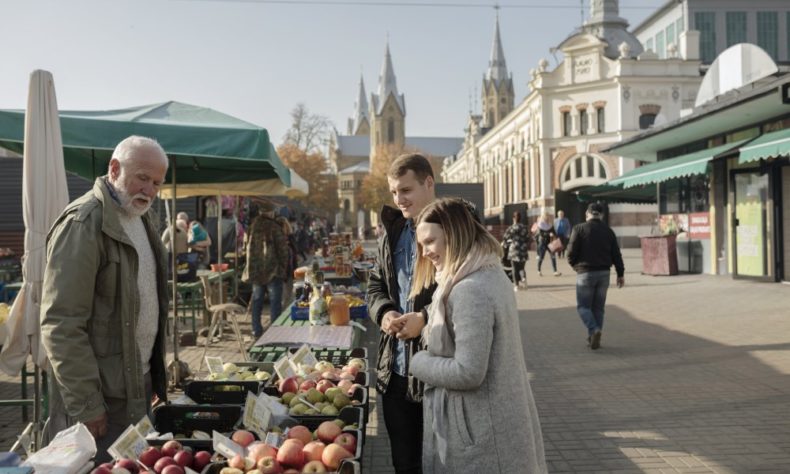
Photo by Reinis Hofmanis
Peter’s Market is not only the city’s ‘belly’ but also one of the most prominent Art Nouveau architectural structures in Liepāja. Opened in 1910, the stunning market hall was a design innovation of its time.
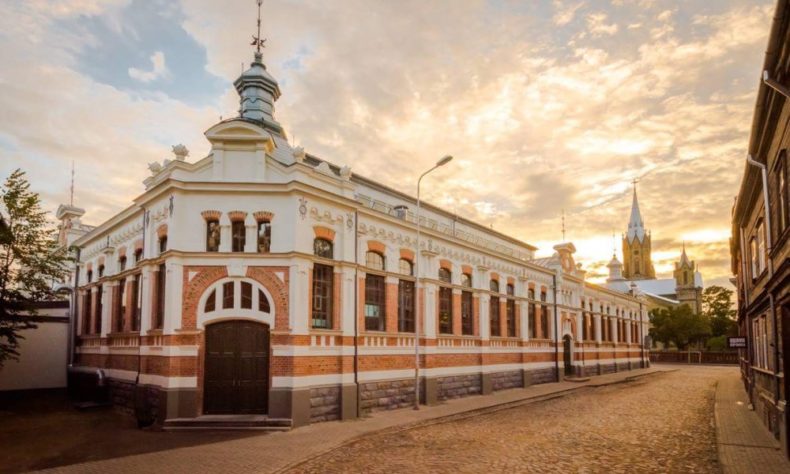
Soaked in daylight coming from the vaulted windows, the market stalls provide everything needed for the dinner table, from veggies to cheeses, meat, and fish. During the warm months, the action spills out into the market’s backyard.
What to do?
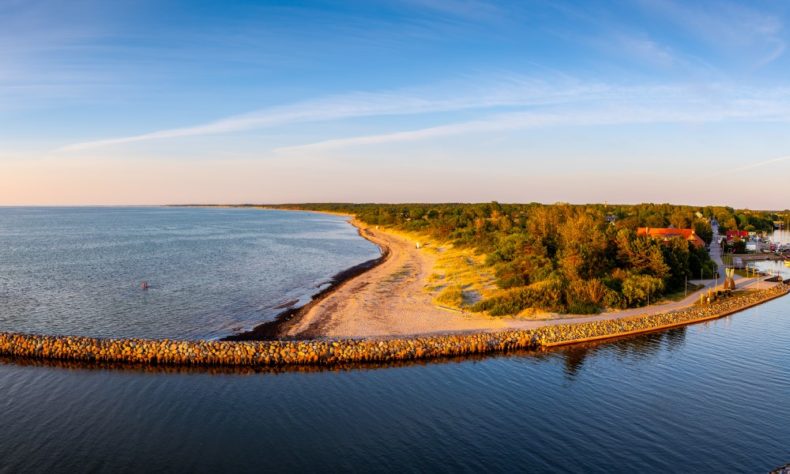
Make the most of the Baltic Sea by booking a ride on a sailboat, which departs from Liepāja’s marina quay. It’s even possible to book a there-and-back trip to the town of Pāvilosta, an idyllic fishing village that over the past few years has become a hub for hipster holidaymakers and native kite surfers. Another way to get the most out of the city’s waters is by heading to Liepāja’s stand-up paddleboard school, which organises courses and scenic sunrise tours. The paddling takes place in Liepāja Lake.
Where to take the kids?
Pape Nature Park lies just a 30-minute drive from Liepāja. In this beautiful coastal landscape one can observe wild horses and cattle as well as hike a few interesting nature trails. The park is especially beautiful in the summer, when Latva’s wild orchids are in bloom. Just keep in mind that they’re a protected species and should not be picked.
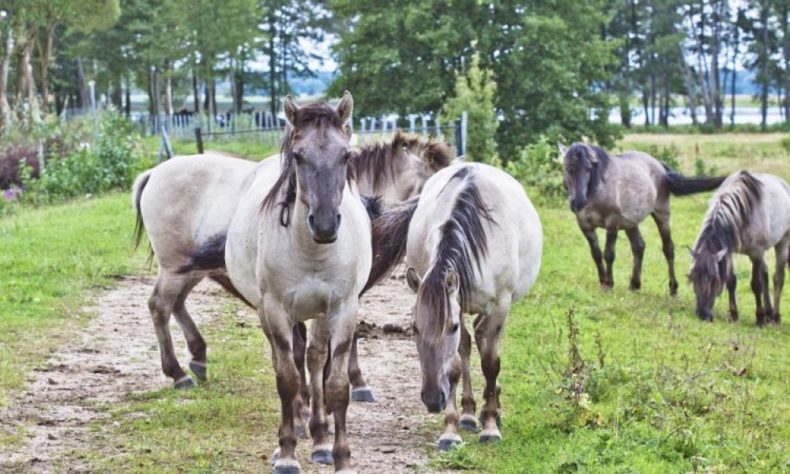
Photo from Liepāja Travel home page. Pape Nature Park
If a nature trail is too little for you, head to Liepājas Tarzāns. The exciting adventure park features more than 70 obstacles up to 15 metres above the ground. With various difficulty levels, the park is great for children and adults alike.
Where to find history?
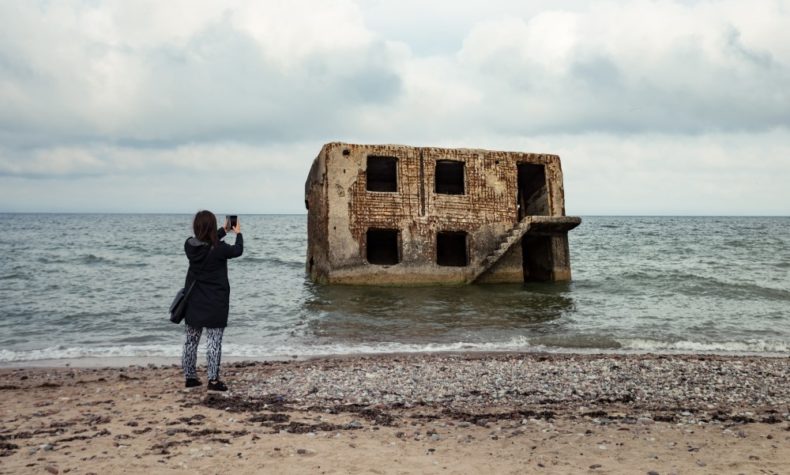
Photo by Jānis Bautra
Initially built as a military base for Tsar Alexander III and later serving as a port for the Soviet army up until the dissolution of the USSR, the northern part of Liepāja was long a closed area, with even locals banned entry. Today the district, called Karosta (War Port), is one of the most compelling places for a stroll.
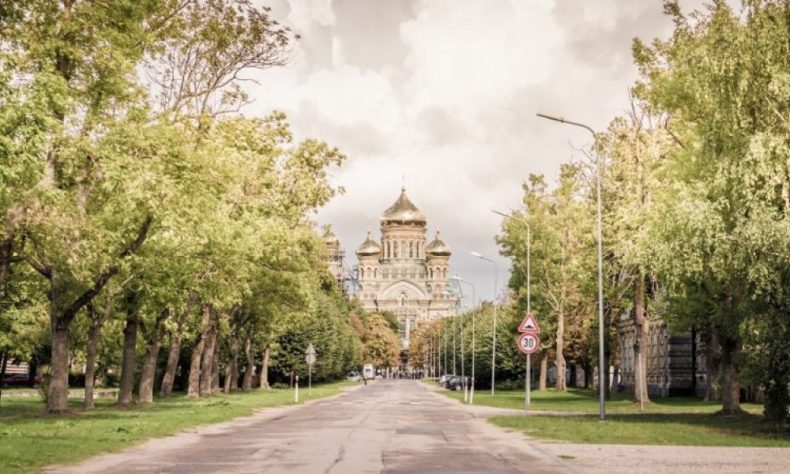
Photo from Liepāja Travel home page. St. Nicholas Naval Cathedral
Here you’ll find the opulent St. Nicholas Naval Cathedral (Studentu rotas iela 7), which shines in spectacular contrast to its modest surroundings, and the Northern Forts, which boast some fantastic street art. The former garrison prison also welcomes visitors and even offers a unique overnight stay. And a trip to Karosta isn’t complete without a stroll along the Northern Quay stretching into the sea. But be careful, because on breezy days it can get quite wild out on the quay.
Where to hear legends?
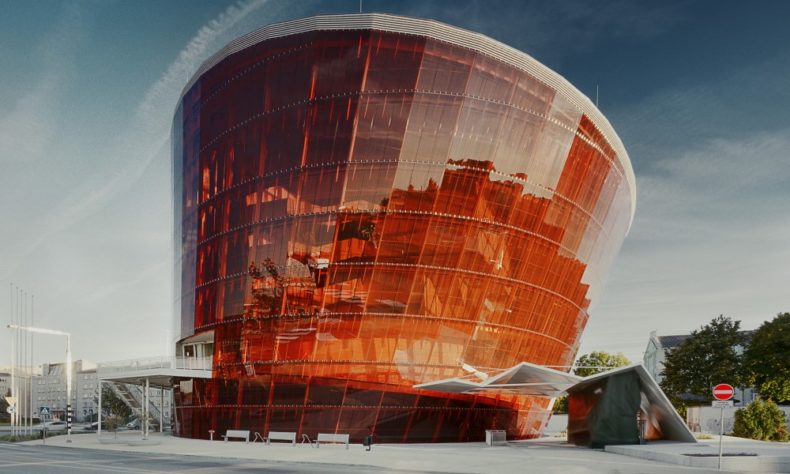
Photo by Indriķis Stūrmanis
Opened in 2015, the gleaming amber-coloured glass construction that is the Great Amber Concert Hall is the heart of the city’s cultural life and reclaims Liepāja’s status as a cultural destination. In fact, Liepāja is one of the candidates for the 2027 European Capital of Culture.
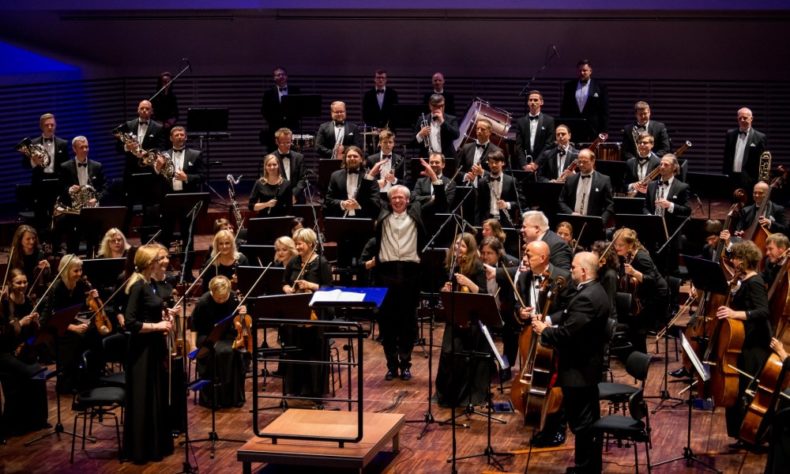
Photo from Great Amber home page
The multifaceted programme at Great Amber includes concerts, theatre, dance performances, and other events. It is also the home of the Liepāja Symphony Orchestra, the oldest orchestra in the Baltic States.
Where to find art?
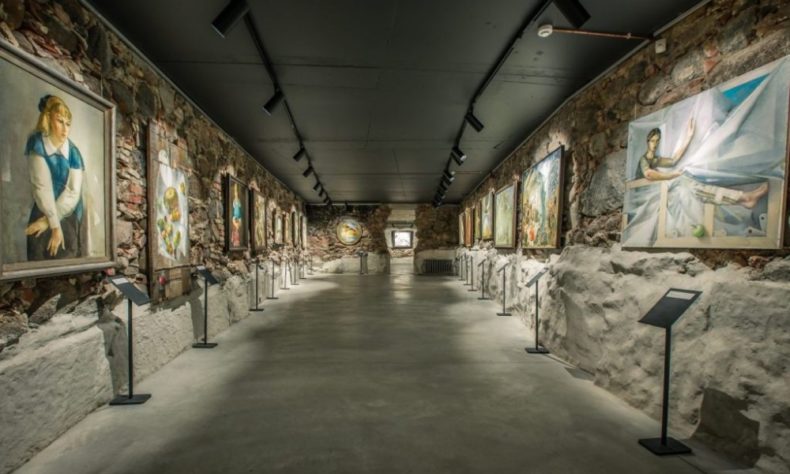
Photo from Galerija Romas Dāzs home page
One of the most idyllic locales in the city, the 19th-century Romas Dārzs (Roman Garden) courtyard also features a gallery bearing the same name – Galerija Romas Dārzs. Tucked in the basement tunnels of the courtyard, the gallery frequently hosts exhibitions of art by native contemporary artists but also showcases work by the old masters.
Where to dine?
Julianna’s Courtyard, a creative hub featuring bars, restaurants, co-working spaces, bike repair shops, and more, is located just steps from Liepāja’s canal promenade. The establishments are housed in a 19th- and 20th-century industrial complex that was a garment factory and printing press in its previous life.
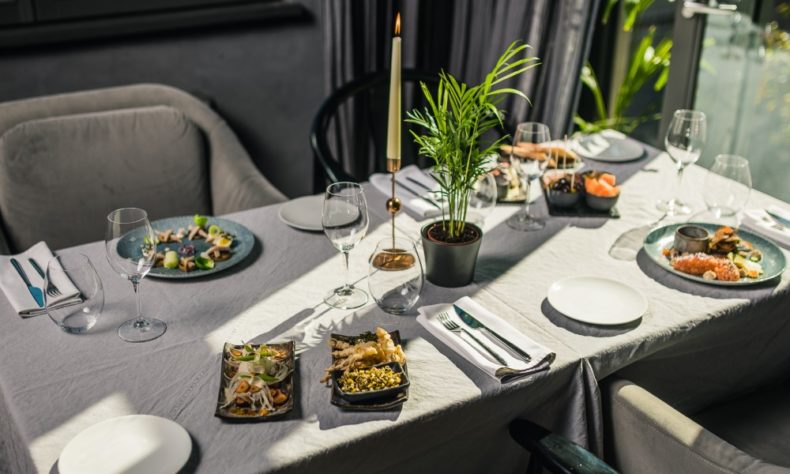
Photo from Tiamo home page. MO Liepāja
One of the residents here is the MO Liepāja restaurant. Its sleek interior and spacious terrace provides a stage for sophisticated but unfussy meals that please vegetarians as well as meat-eaters.
Must-try food
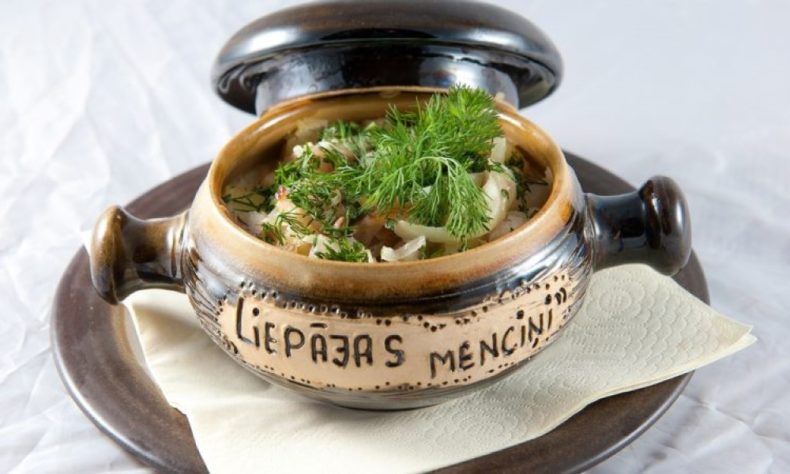
Photo from Liepāja Travel home page. Liepājas menciņi
Liepāja is one of the few cities in Latvia that has a distinct local culinary specialty. And considering the proximity of the sea, it obviously contains fish. Liepāja menciņi is a concoction of potatoes, smoked cod, and onions traditionally cooked and served in a clay pot. The satisfying dish can be found in many restaurants around the city.
Where to have coffee?
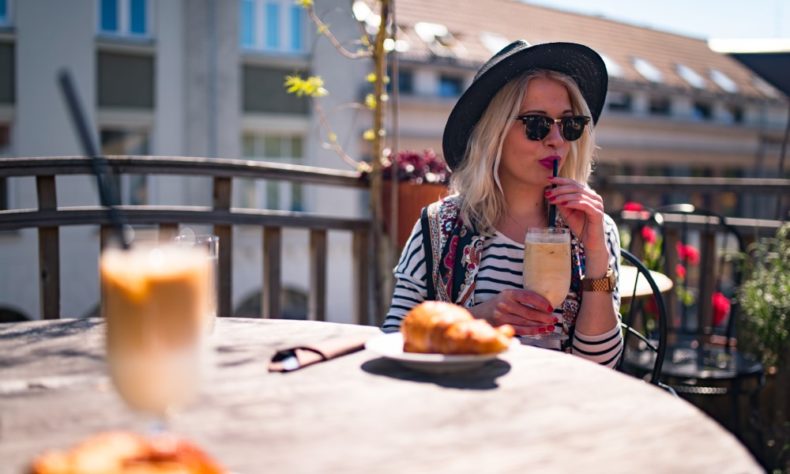
There’s no better place to enjoy a morning coffee than the sunny rooftop terrace of Boulangerie Liepāja. In addition to Illy coffee, it serves homemade breads and pastries, including croissants that the French ambassador has claimed are the best in the country. During the warm months, it also offers a wide array of locally made ice cream.
Where to stay?
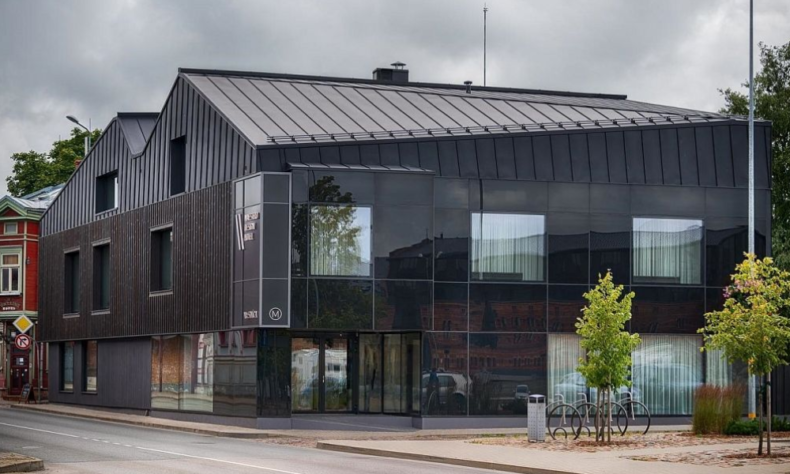
Photo from Maestro Design Hotel home page
For a stylish sleep, consider Maestro Design Hotel. Opened in 2019, the hotel offers 11 distinctively designed rooms equipped with all the modern comforts. The hotel’s elegant design is inspired by its neighbour, the Great Amber Concert Hall. For breakfast, there’s a comprehensive à la carte menu. The in-house restaurant proudly presents its open-fire cooking techniques with a number of meat and seafood dishes as well as a considerable list of vegan and vegetarian foods. On workdays, the restaurant has affordable business lunch offers.
Where to find the best views?
Located in the Old Town, Liepāja’s Holy Trinity Cathedral (Lielā iela 9) is worth a visit in and of itself. The 18th-century architectural wonder features a lush Baroque-style façade and a gilded Rococo interior. Also inside is the oldest unreconstructed mechanical organ in the world, which still serves its original function. In honour of the venerable instrument, every autumn the church hosts the Liepāja International Organ Music Festival. As for the view, climb the church tower for breathtaking vistas of the city.
Read more about Liepāja at liepaja.travel.